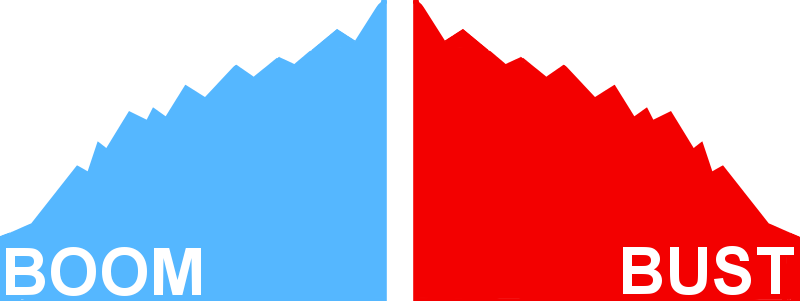When I first met Carlos Menem in 1989, he had just been elected president of Argentina and was promoting a program to liberalize its sick economy. Menem’s problem was hyperinflation. Until it was killed, his reforms would remain on hold.What to do? Argentina had already tried almost every hyperinflation antidote in the book, and all had failed. By mid-1990, Kurt Schuler and I had produced a sound money blueprint, Banco Central o Caja de Conversión. It called for an orthodox currency board regime that would put Argentina’s central bank in a straitjacket.
Menem embraced the idea in late 1990. To make it happen, he moved his foreign minister, Domingo Cavallo, over to the Ministry of Economy. Cavallo and his team quickly drafted a convertibility law. And on Apr. 1, 1991, the central bank was put into a loose-fitting straitjacket. It did the trick. Annual inflation, which was 1,345% in 1990, fell like a stone. Trade barriers were reduced, and in 1993, YPF, the national oil company, was privatized in what was then the largest initial public offering ($3 billion) in the history of the New York Stock Exchange.
The lessons learned from Argentina’s experience are clear. During the glory days of reform (1991-94), Menem maintained a unified command of the political scene. The reforms—which were developed without the IMF’s guiding hand—were simple and implemented with speed in large packages. The results in the 1991-94 period were spectacular. GDP per capita measured in dollars increased by 72.8%.
In the wake of the 1995 Mexican tequila fallout, Argentina’s reform agenda lost momentum. Even though Argentina pulled out of the tequila crisis and GDP grew at a 7% clip in the 1996-97 period, the reform agenda didn’t regain its former vigor as it should have. Menem’s second term was winding down and losing altitude fast as the 1999 presidential elections approached. To make matters worse, the economy was slumping in the aftermath of the Brazilian currency crisis of 1999.
Armed with an IMF austerity program, Fernando de la Rúa was installed as president in December 1999. Alas, de la Rúa had forgotten nothing and learned nothing. By late last year, his economic game plan was in a shambles, and the economy was sinking further into recession.
In February events occurred that threatened to loosen the linchpin of Argentina’s reforms, the convertibility system. A bad situation turned into a crisis.
It started with what appeared to be a banking scandal. Two enterprising deputies—Elisa Carrio and Gustavo Gutierrez—claimed that two banks with correspondent relationships with Citibank had been involved in money laundering. With the aid of staff people to Democratic senators in Washington, D.C., the Argentine deputies brought their allegations to the Senate government affairs subcommittee. This set off a firestorm in Buenos Aires. The governor of the central bank, Pedro Pou, found himself at the center of it. Since the alleged money laundering had occurred on his watch, powerful politicians wanted his head.
A Pou-bashing frenzy ensued. Pou’s enemies wanted a replacement who would loosen convertibility’s straitjacket. Carlos Ruckoff, the mayor of Buenos Aires, made this clear when he demanded that none other than Domingo Cavallo replace Pou at the central bank. As it turns out, Cavallo had raised the possibility of making the convertibility system more “flexible” at J.P. Morgan’s winter conference. The Feb. 8 issue of J. P. Morgan’s Emerging Markets Today spells out what Cavallo had in mind. According to him, convertibility could be made more flexible by switching the peso’s anchor from the dollar to a basket of currencies.
The markets connected the dots pretty fast. They saw the basket for what it is, an exit strategy for convertibility and a possible peso devaluation. This prospect set the speculators in motion. The peso’s discount in the forward markets widened. And Argentina’s credit risk as measured by the spread between dollar-denominated Argentine bonds and U.S. Treasurys increased in lock step with the peso’s currency risk. No surprise there. With an increased probability of a peso devaluation, the probability of a debt rescheduling or default increased. With these market moves, Argentina was engulfed in another crisis.
Cavallo is ironically once again Argentina’s economic czar. His task is enormous. He must not only regain his sound money credentials but also unify the political forces behind his competitiveness proposals. The best way for him to allay the market’s fears about his currency basket would be to dollarize the economy.


0 responses on "Argentina’s Boom and Bust"